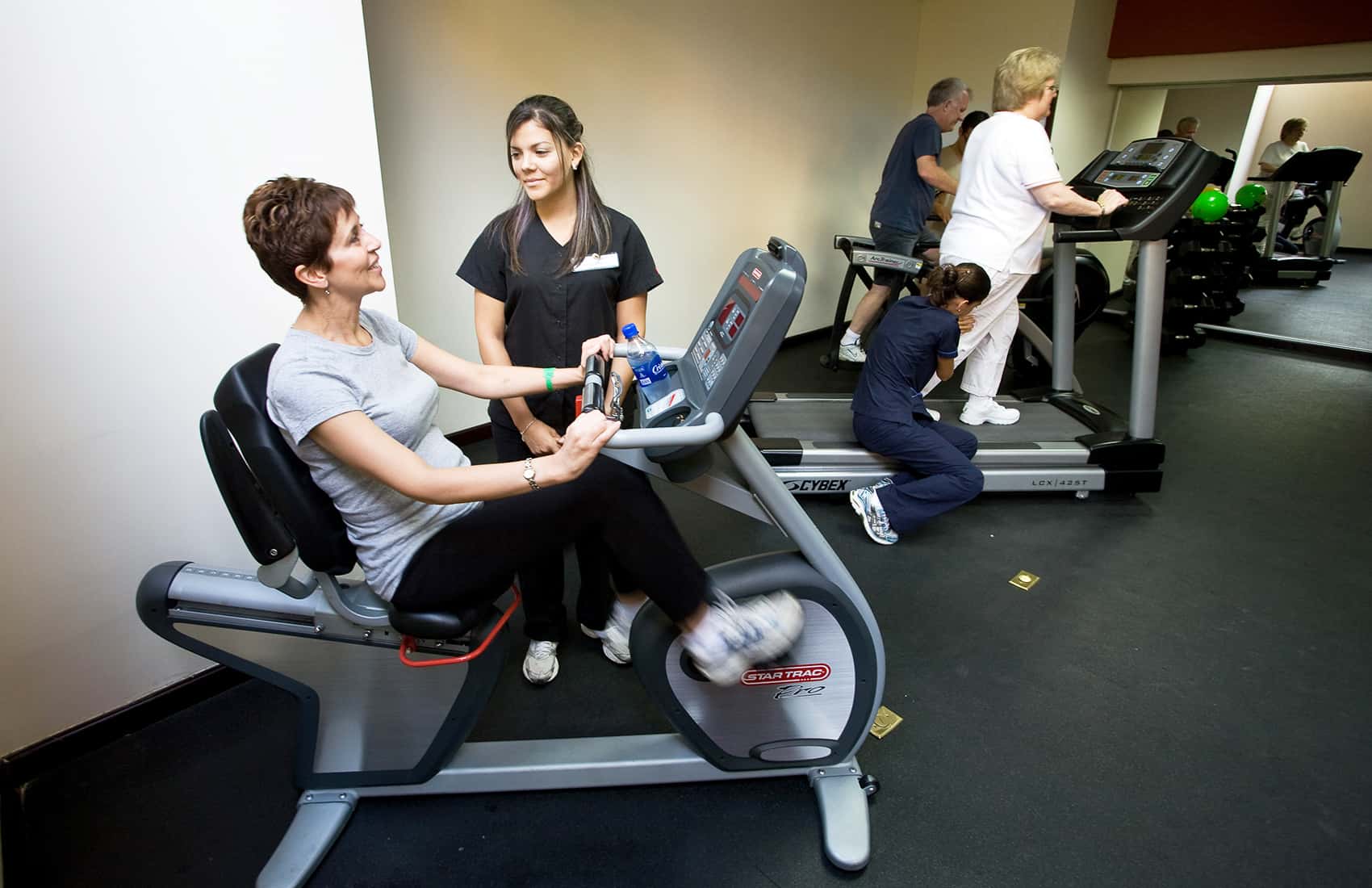The Medical Travel International Business Summit kicked off Monday morning at the Hotel Real InterContinental in the southwestern San José suburb of Escazú. Thirteen countries and 200 businesses took part in the three-day summit, organized by the Council for the International Promotion of Costa Rica Medicine and aimed at developing medical tourism in Costa Rica and Latin America.
Costa Rican Vice President Luis Liberman inaugurated the event. “We have the doctors, we have the dentists, we have the whole operating system of a public-private medical system that is reaching high levels,” Liberman said. The vice president added that Costa Rica now competes with countries across the globe for travelers seeking medical treatments – something Liberman attributes to Costa Rica’s educational system.
“Today, Costa Rica is the second country in Latin America in terms of absolute exports of medical devices,” Liberman said. “We have achieved that based on an educational system that we have fostered for 160 years.”
Medical tourism generated about $288 million in Costa Rica in 2010, with an estimated 36,000 medical tourists visiting the country, according to figures provided by the Presidency Ministry. In 2014, the industry is expected to generate some $800 million in dividends and attract 100,000 visitors to the country.
Sergio Monge, from the Costa Rican Tourism Board, said that Costa Rica is a natural choice for travelers seeking medical treatments. “Medical tourism is more than a source of revenue, we offer good, quality services,” Monge said. “And it is an opportunity for travelers to get to know more of Costa Rica.”
Edgar Salazar, manager of Nova Dental Advanced Dental Center, said 95 percent of Nova’s customers are foreigners, and the majority are U.S. or Canadian citizens. He said the market for foreigners travelling to Costa Rica to have medical procedures is only going to grow.
Costa Rica is already a global brand in terms of eco-tourism, biodiversity and adventure travelers, Salazar said, but “we’re going to arrive at a point in five, six or seven years in which the medical tourism industry is going to overtake all of that.”
At Clínica Bíblica Hospital in San José, 18 percent of patients are foreigners, said Mary Lys Ulloa, a marketing executive in the hospital’s international services department. Like Salazar, she anticipates a growing market. “We feel that boom hasn’t even happened, yet,” she said.
Medical tourism isn’t something that will just affect hospitals, she said, but will create new opportunities for all tourism-related businesses. “The industry is still in diapers,” Ulloa said. “But we feel, in this very summit, that very soon we’re going to see the industry standing up.”
An example of a business looking to benefit from an uptick in medical tourists to Costa Rica is Imago, a distance-learning company that offers digital training courses to members of the tourism industry. In particular, said Imago Administrative Director Carlos Valverde, the company offers a Virtual Medical Tourism course to train tourism workers to be ready to deal with foreign patients traveling to Costa Rica for medical reasons.
Neighboring countries Nicaragua and Colombia showed up at the summit to promote their own growing medical tourism markets. Ramiro José Manzanares, vice general director of Hospital Metropolitano Vivian Pellas in Managua, Nicaragua, said with low crime rates and lower prices, Nicaragua hopes to soon become a destination for medical tourists. Foreigners or Nicaraguans who live outside the country already account for some 8 percent of patients at his hospital.
Medical tourism manager for Hospital Metropolitano Vivian Pellas, Arlen Pérez, said the idea is to offer, in addition to the price and security of the country, a “more personal style of tourism” in Nicaragua. Pérez pointed out that near Managua are numerous tourist attractions including colonial-era cities and volcanoes.






